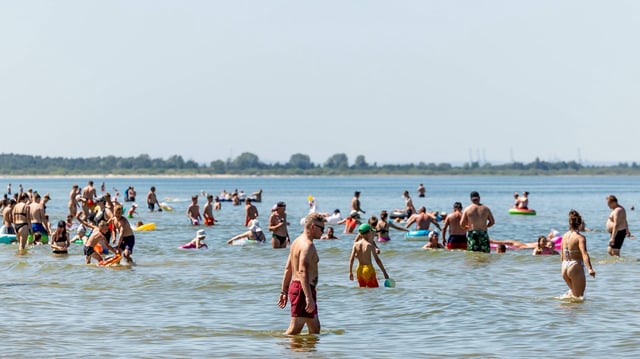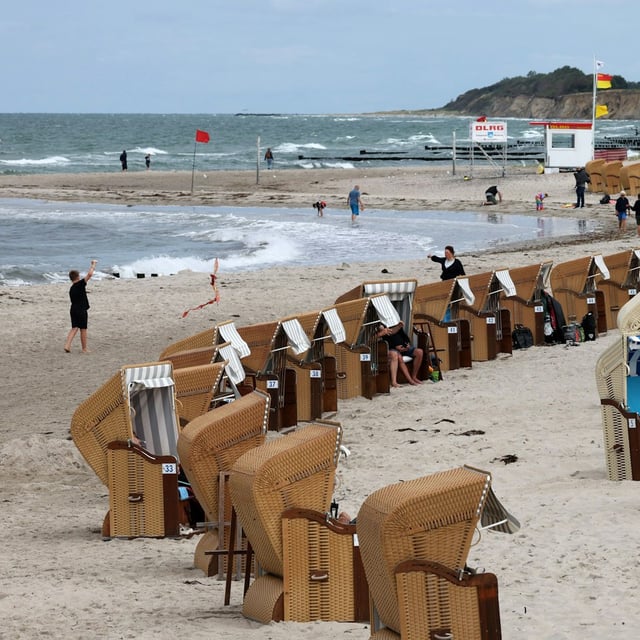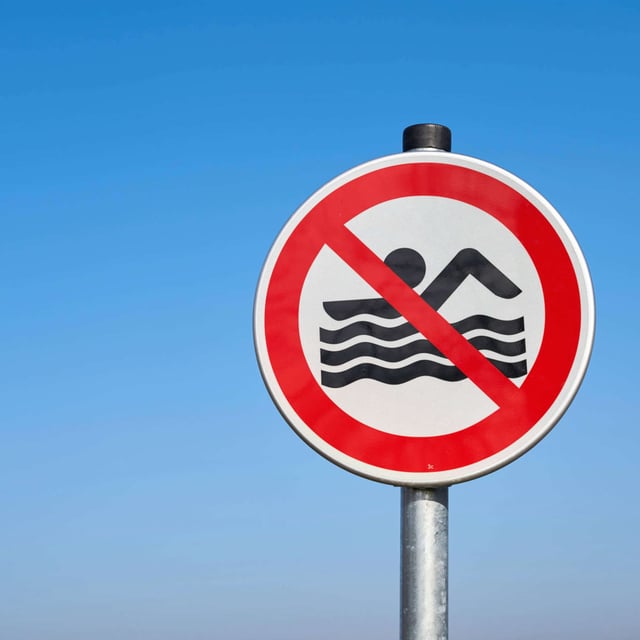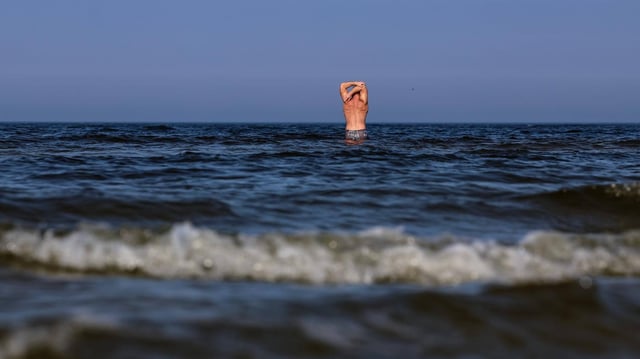Overview
- The European Centre for Disease Prevention and Control officially classified the Baltic Sea as a high-risk area for Vibrio infections in its July 2025 assessment.
- Rising summer sea temperatures and lower salinity linked to climate change are driving an uptick in Vibrio bacteria proliferation in European coastal waters.
- Although infections remain relatively uncommon, bordering countries have reported a gradual increase in cases since the heatwave of 2018.
- Vibrio bacteria can enter the body through raw or undercooked shellfish consumption and through open wounds exposed to contaminated water.
- Health authorities advise vulnerable individuals to avoid raw seafood, cook shellfish thoroughly, and use waterproof bandages when swimming.



